Arthritis is a chronic disease in which degenerative nutritional changes occur in the joints.Arthritis can destroy the function of the joints, and in later stages, complete damage to the joints and loss of motor function may occur.
Arthritis in women
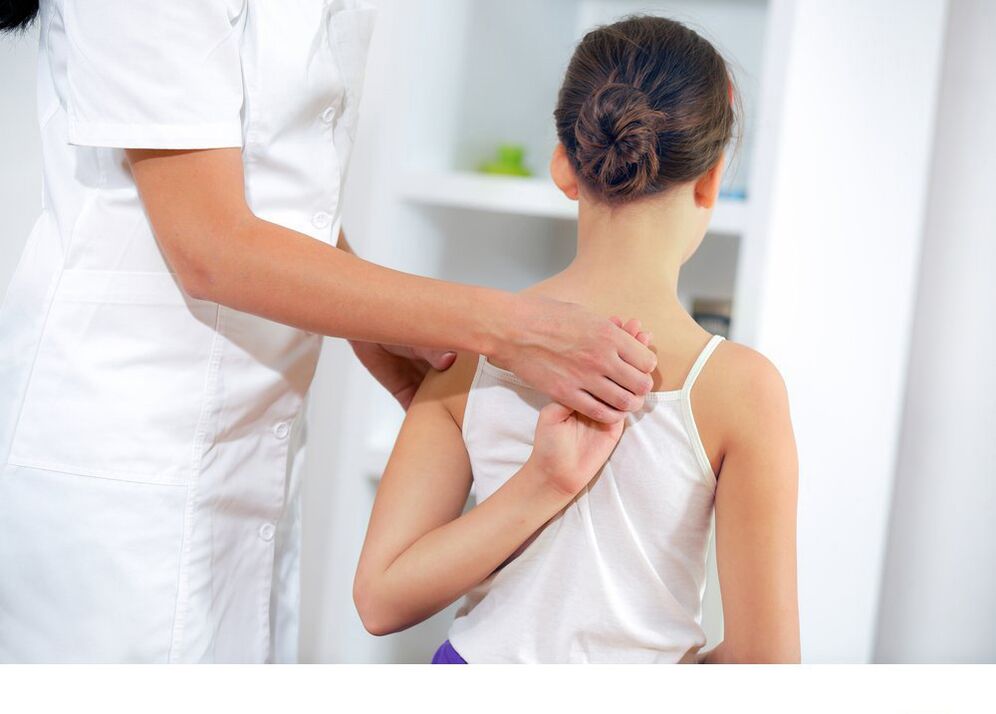
The susceptibility of articulation spreads genetically.Characteristics or defects of connective tissue and joint structure (dysplasia) structural structures can affect the development of the disease, especially in combination with the acquisition factor.In the latter, injuries, obesity and other diseases may be affected.
At 45 years old, arthritis was diagnosed in 2-3% of women, but the age interval increased from 45 years old to 60 years old.After reaching 65 years, symptoms of arthritis were found in 70% of women.Men suffer less frequently from this disease.
Arthritis in pregnant women
Arthritis in pregnant women can significantly complicate the bearings in children.Not only because of the inevitable increase in weight, the load on the joints increased significantly.During pregnancy, it is necessary to exclude or significantly reduce the use of certain drugs used to treat joints.
Therefore, in the close interaction between gynecologists, orthopedics and rheumatologists, the pregnancy of a woman suffering from articular joints.Doctors jointly addressed issues related to joint treatment plans, taking medications, and prescriptions for special regimes.Perhaps pregnant women need to wear special orthopedic equipment to promote the arthritis process without disturbing fetal bearings.
Arthritis in women in menopause
Risks of joints in women who include organisms during menopause due to changes in hormonal background.The health of bones, joints and ligaments depends on the level of estrogen. The health of bones, joints and ligaments depends on the level of estrogen.
Arthrosis in men
In men who abuse certain types of physical exercise, joints usually develop in adulthood.This usually happens especially after a long break in exercise.To restore the previous body shape, a person can try to participate in the previous intensity.However, excessive loading causes joint muscles to be faster than embossed muscles.
Arthritis in children
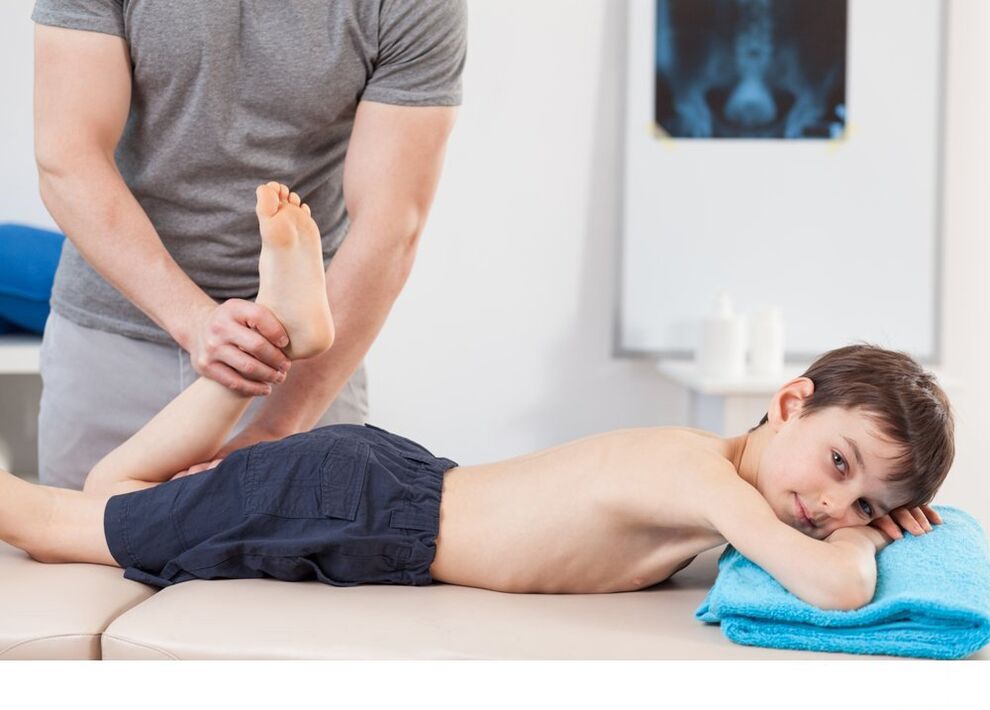
At an early age, arthrosis of the joints is rare, but, nevertheless, such a diagnosis in children is also found.
Arthritis in children
If a child suffers from structural congenital diseases of the bone system, the likelihood of arthritis increases.This can be an abnormal development of the hip joint, or a defect in the spine, elbow or knee joint joint structure.Changes in joint geometry can lead to overloading, which adversely affects the components of the joint.Meanwhile, muscles have not yet been developed enough to compensate for structural defects.
Teenager joint sex
During puberty, arthritis may be associated with injuries during exercise or outdoor competition.Another reason is dietary deficiency, hormone reorganization during adolescence, rapid growth of bones, and prolonging muscle mass and strength.
Arthritis of lower limb joints
In most cases, arthritis occurs in the large joints of the lower limbs.However, smaller joints can also be damaged: for example, the articulation of the joints of the fingers on the feet.
Arthritis of the knee joint (contribution)
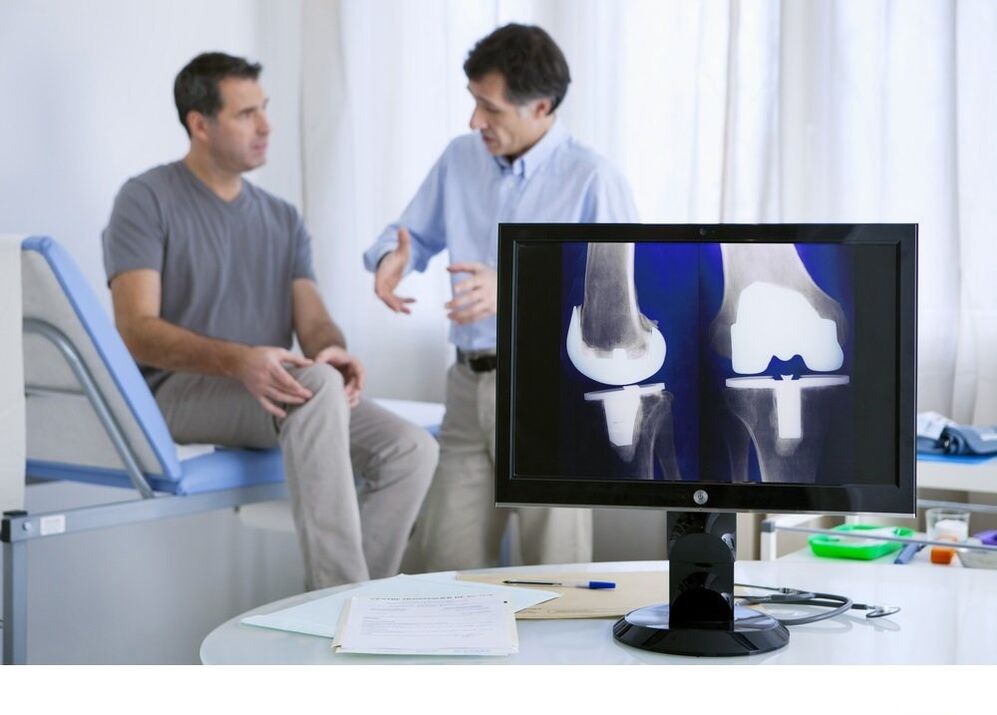
The articularity of the knee is often found in men who have been in sports.With or without weighting, a large number of squats will quickly wear the cartilage layer and cause the effect of the knee joints.
The first shocking sign of articulation of the knee joint is the characteristic sit-ups, clicking in the joints when moving.The pain later appeared because the patient did not notice the ongoing degenerative changes for a long time.
Through timely treatment, the joint nature of the knee joint can be defeated, or at least suspended the development of the disease.
Arthritis of the ankle joint (Gramite bone)

The ankle joints are very mobile and perform important functions when walking, running and jumping.If treatment is not started in time, the joint nature of the ankle joint can guide a person with disability in just a few years.
However, because the cartilage itself has no nerve ends and there is no pain for a long time.The pathological changes and development can hardly make one feel it.Often, it is often detected by chance in the early stages of ankle arthritis.
Hip arthritis (coronary heart disease)
Coksartrosis or hip arthritis is the most common and most severe lesions in the lower limb joints.Usually, there is no pain for a long time.When the joint is significantly damaged, the pain has already occurred.This is very dangerous because the hip joint carries the main weight-related load.
Foot joints
Although arthritis often affects larger joints, smaller joints can also suffer losses.The causes of joint joint development of the foot joints may be injuries, congenital diseases of the limb structure, flat feet, uncomfortable shoes, and work that a person spends a lot of time on the feet.Usually, the development of foot arthritis causes vascular disease, so the blood supply to the limbs is disturbed, as well as endocrine and metabolic diseases.
The protruding bone at the base of the thumb is usually caused by the joints of the finger joints.After the first joint is deformed, it may then spread to other fingers.
The joints of the upper limb joints
Although the load on the upper limbs is lower than that on the lower limbs, joint arthritis of the hand causes a lot of trouble to the patient.
Brush joints
Statistics say: This type of arthritis is found more frequently in women than in men.Usually, after menopause begins, it manifests itself, although the first symptoms of arthritis may be earlier.
It is the joint loss of the finger joint that disfigures the hand, causing the joint to form with the mound, swelling and finger-curves.
Joint deformation is greatly affected by fine motor skills.Not only is it difficult to hold small objects in your hands, put threads in the needles, knitting and writing.During the worsening period, fingers are sore and cannot hold the spoon, so you have to raise the tea cup with both hands and then it can slide off.
Elbow joint
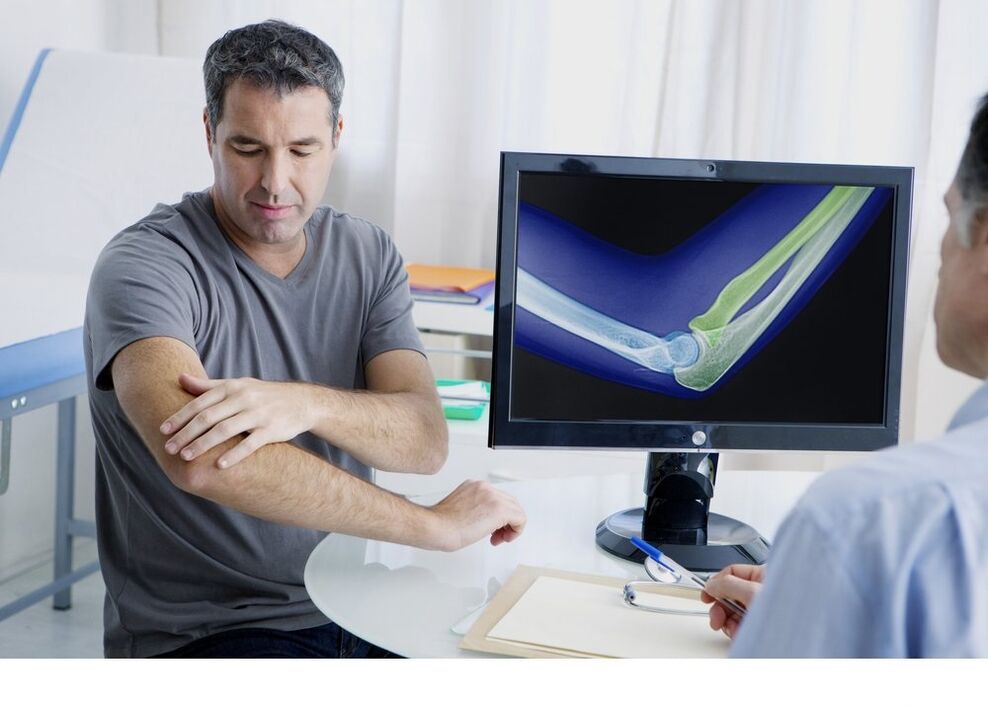
This type of joints is relatively less articular.Often, the cause of disease development is injury, inflammatory disease, hard work, and excessive enthusiasm for certain exercise.
Although the elbow joints usually don’t bear a significant load, changes caused by arthritis can completely interfere with normal life span.Violation of mobility can even deprive a person of the ability to take routine actions in life, including meeting their own needs.
Shoulder joints
The joint nature of the shoulder joint is less common.If pain appears relatively less during the early stages of the shoulder joint, the situation will worsen as the joint is damaged.
Lifting and turning can become painful, and when lifting heavily, the pain can increase and the weather changes.Walking pain does not allow sleep: the patient cannot find the position of the body whose shoulders will not be injured.
Arthritis of the temporomandibular joint
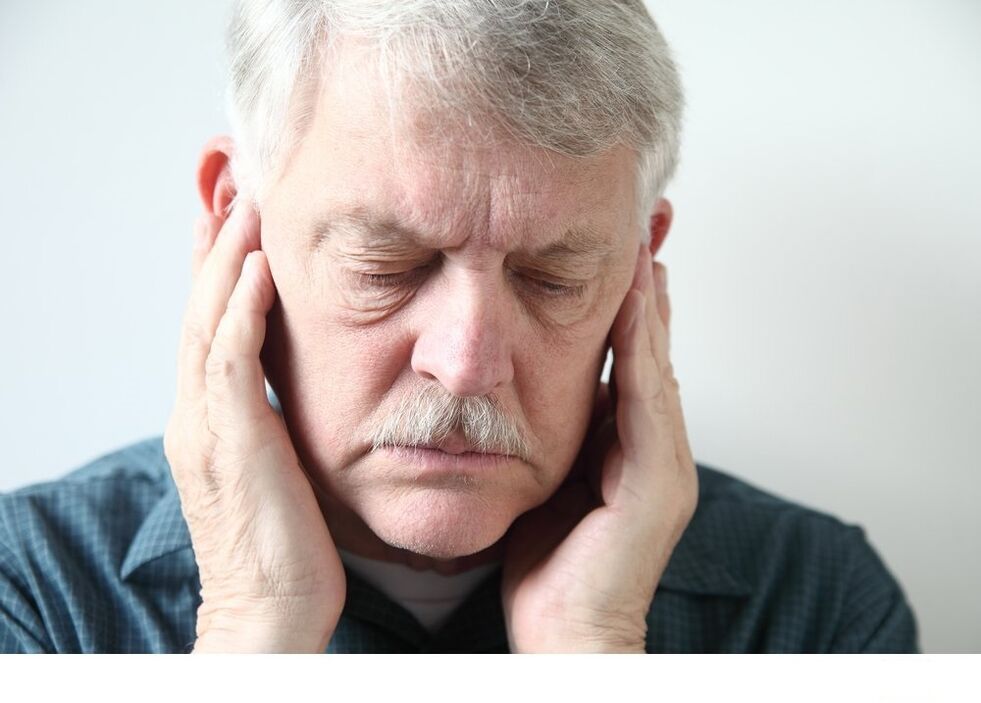
If arthritis of the hand may interfere with the patient, passing the spoon of food into the mouth, joint disease in the temporomandibular joint (TMS) can block the mouth.But this is the final stage of the disease, when the jaw joint was severely damaged and bone growth deprived of its fluidity.
The cause of this disease is a violation of bite, congenital or acquired due to dental damage or tooth loss.The development of arthritis may lead to an inflammatory process in the joints.
Arthritis of the spinal joints (spinal arthritis)
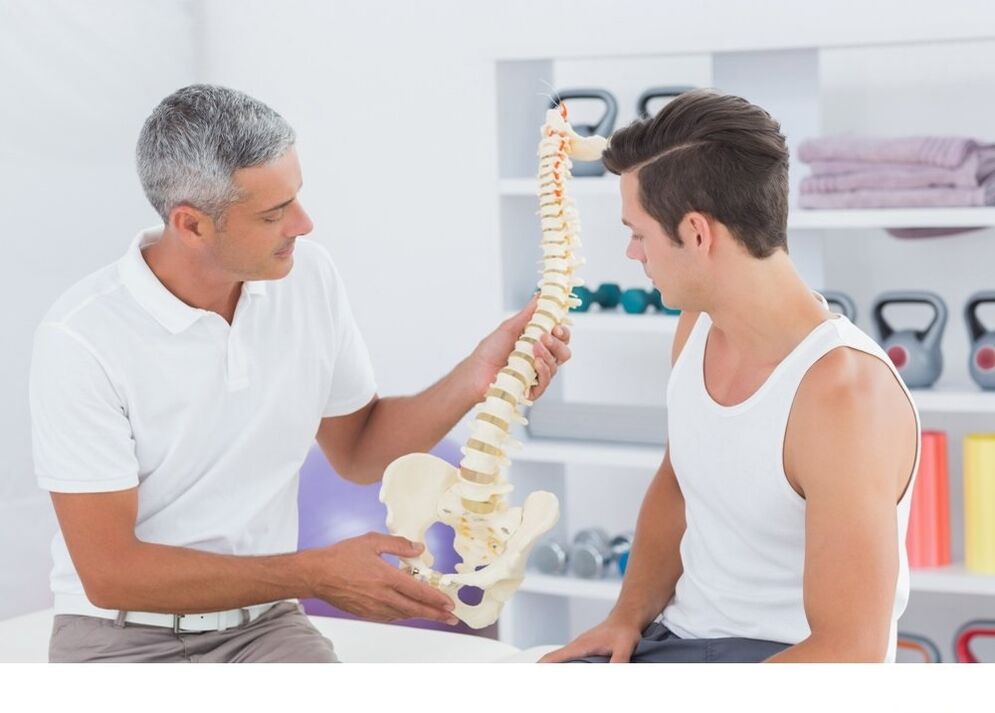
The articulation of the neck joints occurs due to the structure that invades the bones and cartilage.Because I stayed in the wrong position of the body during the operation for a long time.The causes can be injury, inflammation, hard work, violation of the spinal blood supply, and many other factors.
The articulation of the spinal joints is dangerous because deformation of the joints can cause compression of nerve fibers, blood vessels, and blood vessels, which in turn can cause various pathological symptoms.These are frequent headaches, migraines (meaning that syndrome or SO in the vertebral artery is called "cervical migraine"), high blood pressure, weakness and rapid fatigue, etc.Compression of blood vessels and nerve fibers may occur with grade 2 spinal arthritis.
Joint symptoms
Symptoms of leg joints
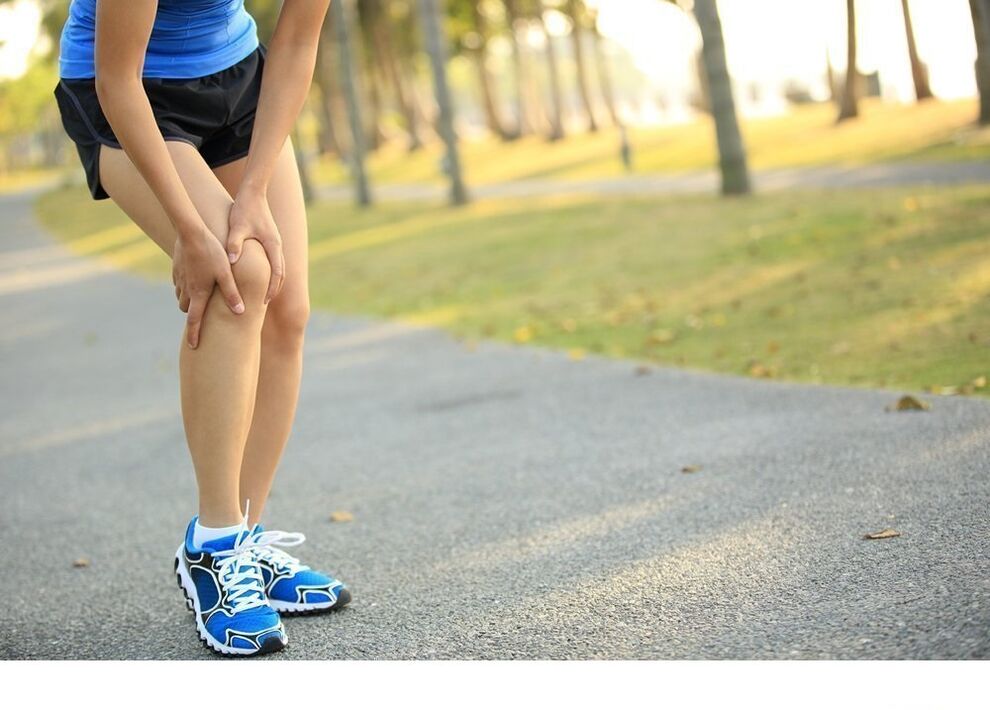
Usually, there is no pain in the early stages of the disease.But you can see that when moving, the joints can be clicked, broken, and sometimes it can be very large.
If there is no treatment joint, movement without crutches or cane can become a problem.In the most severe cases, the patient completely loses the ability to move independently.Adenocarcinoma, arthritis in the hip joints and ankle joints is particularly difficult.
Symptoms of joints

The joint nature of the hand shows deformation of the fingers: they can bend, expand, thicken, and hills appear on it.During the aggravation, the sore joints become hot and painful.The jointness of the fingers prevents exact movement and the fingers are not well followed.
Among other things, the symptoms of shoulder joints are in limiting mobility.If a healthy shoulder joint can perform various movements at a larger amplitude, it may not be possible even if it is just a raising of a hand in the case of a shoulder joint.
Symptoms of temporomandibular arthritis
The symptoms of arthritis are not much different from others.This is crackling during movement, limiting the mobility of the joints.Furthermore, without treatment, patients often lose the ability to open their mouths and even speak clearly.As the disease progresses, pain appears, increasing from loads and raw, cold weather.
Symptoms of spondylitis
In the early stages, spondylitis is manifested only by some back discomfort.Unpleasant feelings cause the patient to change the position of the body more frequently than usual.As the disease progresses, pain occurs.At first it is not very strong, but very stubborn and invasive, and then it becomes constant and exhausted.
The form of joints
Primary and secondary joints
Primary or idiopathic is called arthritis, and the cause of its development cannot be detected.This applies to genetic forms of arthritis, including.
Secondary arthritis is caused by various pathological processes in the body that can lead to joint changes.It could be hurt, lifestyle mistakes, hard work or illness.In particular, arthritis may develop after suffering from arthritis due to diseases of the vascular system, endocrine and autoimmune diseases.Arthritis can lead to diabetes, gout, occlusive endotitis, etc.
Local and extensive arthritis
Local arthritis is characterized by the spread of this process 1-2 joints.Local arthritis includes arthritis of the hip joint, pro-myostomy, fairness, arthritis of the temporomandibular joint, etc.
Causes of joints
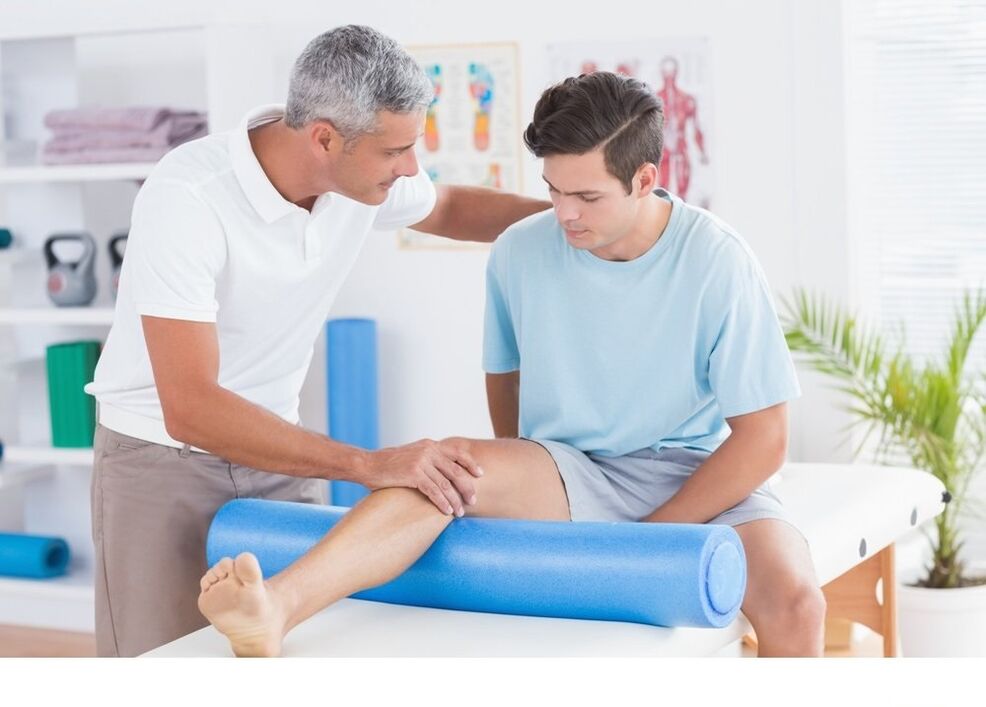
Main joint causes
Major arthritis may develop for obscure reasons that are not always detectable.Notable risk factors include congenital and genetic transmission characteristics.
Build exception
The structure of bones, bones and ligaments plays an important role in the development of joints.This may be due to invasion of the structure of bones, cartilage and connective tissue, and the formation of bones and joints.
Genetic tendency
In the process of synthesizing substances of cartilage, connective tissue or joint fluid, genetic diseases can lead to diseases.
Causes of secondary joints
Injuried
Due to cracks, cracks and incorrect fusion, the natural shape of the joint may change and its blood supply may be disturbed.This is why large and small joint articularity develops in 20 to 30% of cases is harm.
Too much load
When moving too much physical activity on the surface of the joints, microfluorine can be obtained, which over time can lead to changes in cartilage mass and its destruction.
obesity
The excess weight greatly increases the load on the spine and lower limb joints.It is this factor that accelerates and aggravates the fifty-ball movement of the ankle joint and the leg joints.
joint
The inflammatory process in the joint is called arthritis, which is usually the development of arthritis.Arthritis occurs in rheumatoid arthritis, gout and psoriasis.
Endocrine diseases
Diabetes is one of the most important factors in the development of arthritis.But other endocrine diseases and diseases can have negative effects.In particular, hormonal changes associated with menopause significantly increase the risk of joints in mature women.
Violation of metabolic process
Metabolic diseases also contribute to joint diseases.This is gout, osteoporosis, etc.Metabolic processes that occur incorrectly negatively play a negative role in the absorption of calcium, the synthesis of proteins, and the elements necessary to preserve normal structures such as bones, cartilage, and ligaments.
Blood supply barriers
Atherosclerosis, varicose veins and other blood vessels can cause blood supply and nutrition for bones and joints.Due to lack of nutrition, they are less intense and have a risk of arthritis.
Hypoemia
Lack of exercise is also harmful to the entire organism and musculoskeletal system.Lack of physical activity negatively affects the blood supply to individual organs and systems and often leads to obesity and congestion.
Diagnosis of arthritis
Arthritis may be similar to other conditions that require different treatments.Correct diagnosis is very important for timely start treatment of joints and selecting the best method.
According to a set of complaints from the patient, suspicion of the joint occurred during the initial examination.But this is not enough to establish an accurate diagnosis.
One of the most visual methods is still X-rays: changes in the joints can be clearly seen on the X-ray.The degree of change visible in the picture allows you to determine how far the disease progresses.
In addition to radiography, a calorimeter, ultrasound, calculations and magnetic resonance imaging were used.
Other studies were conducted for differential diagnosis.Especially rheumatoid samples, detailed blood tests, determination of uric acid levels, etc.
Joint therapy
How to treat arthritis?
The main thing patients must remember: treatment must be carried out under the supervision of an expert.Using family methods, there is no way to heal joints.In addition: If the disease has progressed to 2-3 stages, the affected joints cannot be fully restored.
Joint therapy: Medicine
The treatment of joints must be comprehensive.The basis of drug treatment is cartilage protectors - drugs that help maintain their elasticity and strength to improve cartilage tissue structure.
Cartilage protectors are available in different forms:
- in capsules and tablets;
- In solution intramuscular and intraarticular injection.
Cartilage protectants are particularly effective in early joints, but they are also recommended in the treatment of advanced stages of the disease.
To relieve pain, various anesthesia and analgesics are prescribed in the form of a face cream for topical use or injection.
To alleviate inflammation in the affected joints, nonsteroidal anti-inflammatory drugs based on diclofenac sodium, orthopaedics and met parasites were used.
Muscle cramps retreat under the influence of small drugs.
In addition, drugs are specified that help improve blood microcirculation.As an auxiliary substance, vitamins can be used.
Treat joints through surgical methods

In the later stages of arthritis, the joint can be performed when the joint has been significantly damaged and is not suitable for treatment.
Types of surgical treatment for joints:
- venoplasty, where fluidity can be returned to the affected joint;
- Joint fixation is designed to ensure joint fixation;
- Joint resection, i.e., the complete or partial removal of affected joint elements;
- Prosthetic limbs, in which the damaged and damaged parts are replaced by artificial elements.
Massage, physical therapy for joint treatment
Physical therapy plays a very important role in the fight against joint symptoms.The patient is prescribed for massage, laser and magnetic therapy, acupuncture and other types of treatments.
Treatment courses must be repeated regularly.
Nursing homes treat joints
Many nursing homes specialize in treating arthritis, especially those, especially sediments close to therapeutic mud and specialize in mud.
Patients with arthritis are indicated by treatment baths and heating, but all of this must be performed under strict medical control.Mudlit has restrictions and contraindications.
Articulation degree

Level 1 joint
The early degree of joints shows insignificant symptoms, which is not easy to notice:
- Some stiffness of the movement, especially after relatively fixed;
- The pain begins and disappears after a few minutes;
- When squeaking, tightening, clicking on the joints when performing movements;
- After resting, the physical fatigue and during the period of pain.
On X-rays, slight changes in joint structure can be seen, including small bone growth along the edge of the joint and bone growth with slightly reduced joint space.
Secondary articulation
There is a 2-degree joint disease, and all symptoms seem to be more intense:
- More obvious limitations on joint mobility;
- Hear any movement, cracks and crunching joints.
- Arthritis pain at secondary values becomes more frequent and clearer.
- The pain of "starting" after the exercise begins does not disappear for longer.
- On X-rays, joint deformation and bone plant growth are clearly visible.
- Secondary articulation can lead to significant stenosis of joint space and may even shorten muscle soreness.
As jointization develops 2 degrees and performance decreases, certain types of activities become impossible.
3 degrees joint
The 3-degree joint is characterized by severe damage to the joint:
- The growth of bone tissue and the accumulation of fluid in the joint bag lead to an increase in the joint.
- The movements are significantly limited, and sometimes the patient can only sway with the affected limbs.
- Increased sensitivity to weather changes;
- Severe pain does not actually allow the patient to exercise or rest;
- Due to power disorders, they begin to shrink gradually, and the muscles around the acidic joints continue to spasm.
- The joint gap is actually invisible on X-rays, and the surface deformation of the joint elements is very strong.The joints are surrounded by the growth of bone tissue, and the damage to the structure in the joint and the sclerotic changes in the surrounding tissue are obvious.
Fourth degree arthritis
Despite a well-recognized classification of joint development, this classification includes 3 degrees, sometimes the most severe 4 degrees.The deformed joint at this stage of the disease takes the most severe form: the joint is completely destroyed and loses its function.At the same time, the patient suffered such severe pain that even mild exercise became impossible.Even with effective medications, the pain will not stop.
On X-rays, the fusion of joints, joints, and expression of sclerosis can be seen.
At this stage, only surgical procedures can prevent deformed joints, thus assuming the damaged joints.
Prevent arthritis
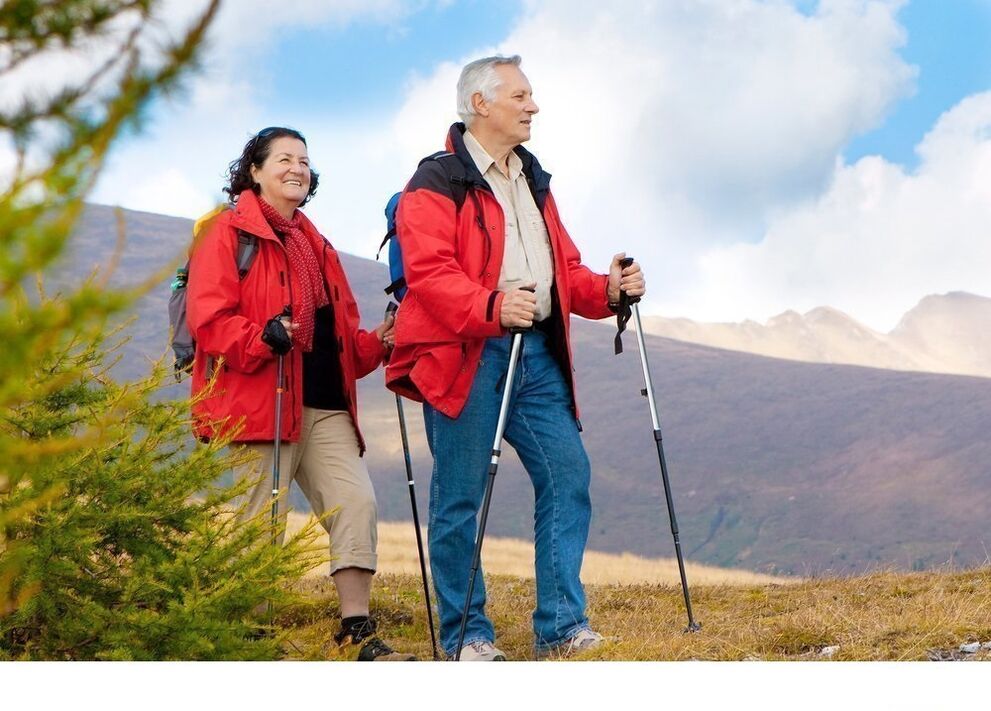
Joint health must be taken from youth.When the first symptom of arthritis appears, or even slightly expressed, preventing arthritis is for your health and seeking a doctor in a timely manner.
Preventive measures include keeping your weight at an optimal level.
Don't engage in trauma exercise too much, over-duty and irrational burden training.It is also dangerous to have a lot of rest during exercise, after which the previous load can damage the joints and cause arthritis.
It is recommended to provide appropriate, rational nutrition, excluding alcohol, fat, spicy and canned foods.It is absolutely necessary to quit smoking to maintain the health of the blood vessels.
It is always important for women to avoid shoes that are close to high.During menopause, it is necessary to effectively address the problem of hormone replacement therapy so as not to exert the body with hormonal stress that may cause the development of arthritis.
Since injury becomes a common cause of joint disease development, damage to bones, joints and other injuries should be avoided as much as possible.
Joint exercise
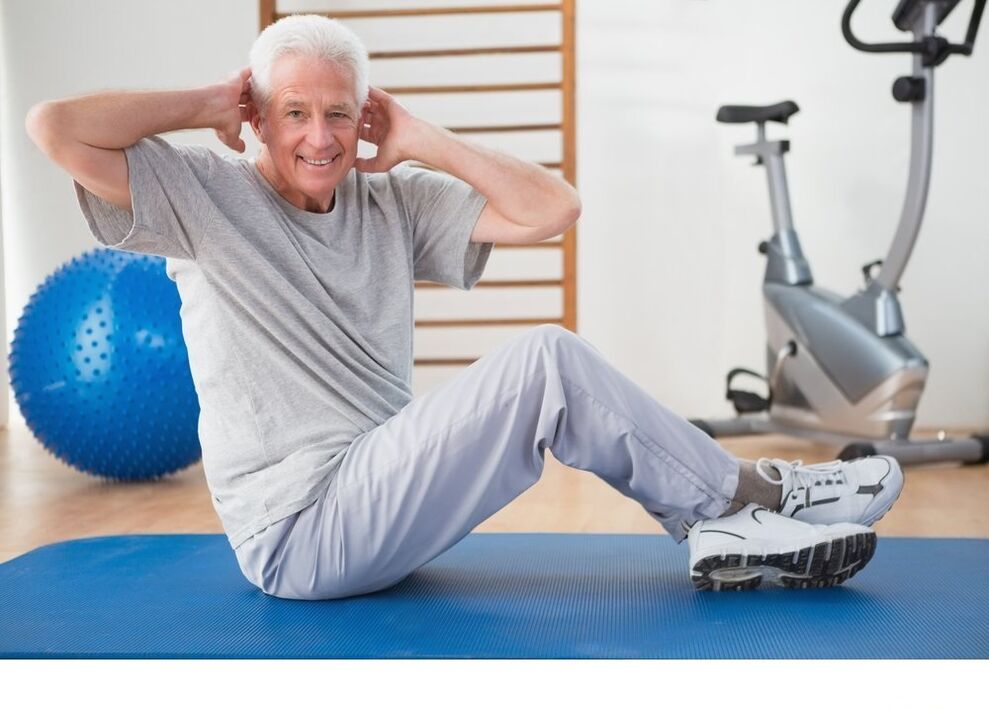
Treatment of arthritis Gymnastics is very important and there is enough physical exercise to prevent the disease.
The doctor chose special exercises for arthritis, but there are some general suggestions.
- Exercise of arthritis should not cause pain.
- The load strength should not be very large, and any overload is harmful.
- The movement is performed at a slow or moderate amplitude.
- Swimming is very useful, warm water in the pool aerobic.
- For a long time, arthritis practices must be practiced daily without rest.Best always.























